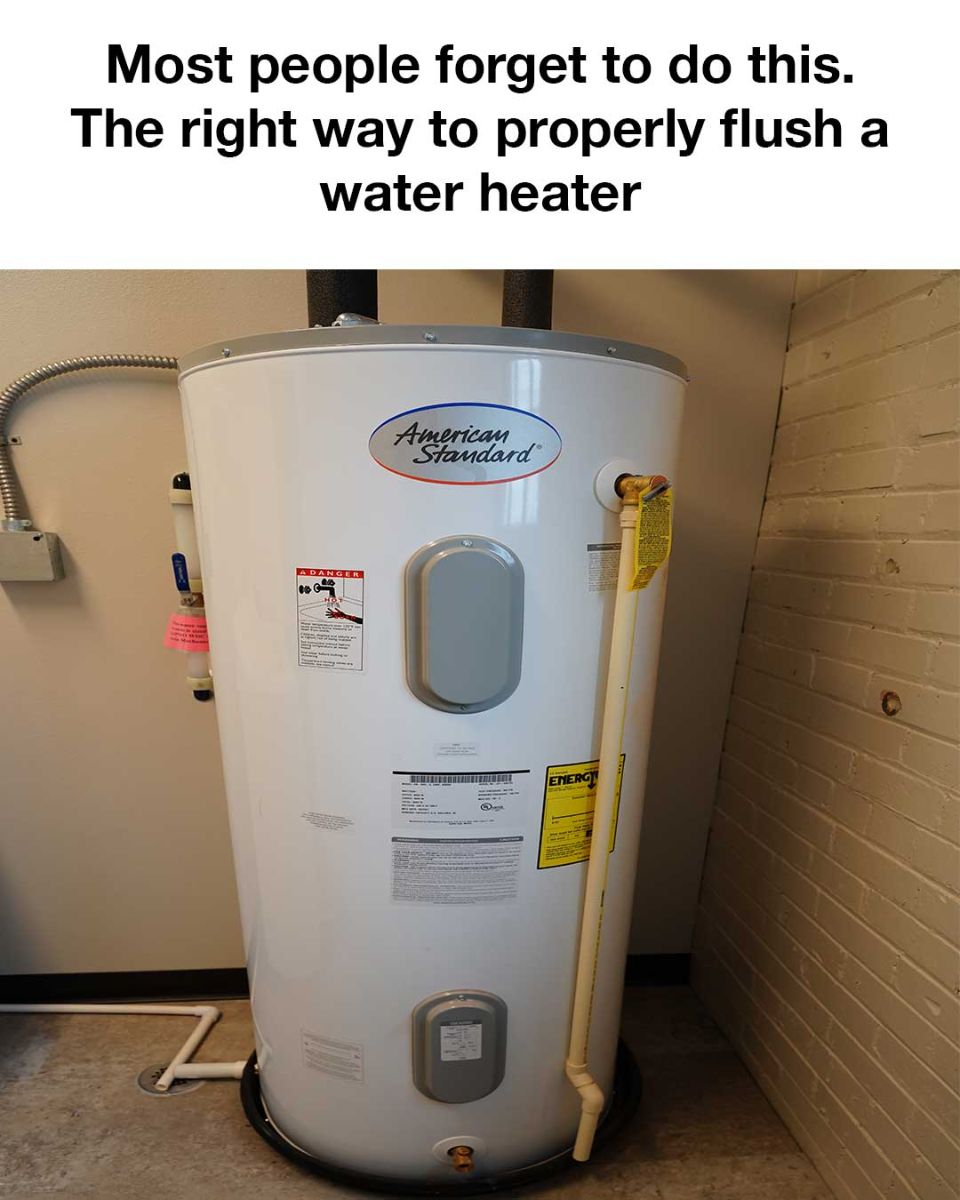Over time, mineral deposits like calcium and magnesium from hard water can build up in the bottom of the water heater tank. This sediment buildup can lead to several problems, including:
- Reduced Heating Efficiency: The sediment layer acts as an insulating barrier between the heating element (or burner) and the water. This makes the water heater work harder to heat water, which results in higher energy consumption.
- Increased Energy Bills: When your water heater has to work harder due to sediment, it consumes more energy, leading to higher electricity or gas bills.
- Shorter Lifespan of the Unit: Constant strain on the water heater can lead to premature wear and tear, potentially shortening its lifespan.
- Noise & Leaks: In severe cases, sediment can cause rumbling or banging noises, and excessive buildup could lead to leaks or cracks in the tank.
Flushing your water heater is a preventive measure to avoid these issues and keep your system running efficiently. Regular maintenance can help extend the life of your unit and save you money in the long run.
When Should You Flush Your Water Heater?
It’s generally recommended to flush your water heater once a year. However, if you have particularly hard water, or notice any of the following signs, you may need to do it more frequently:
- Noises: If your heater makes rumbling or popping sounds, it’s a sign that sediment is likely building up.
- Inconsistent Water Temperature: If the water temperature fluctuates or isn’t as hot as usual, sediment may be impeding the heating process.
- Increased Energy Bills: Higher energy bills could indicate your water heater is working harder than it should.
- Rusty or Cloudy Water: This may suggest sediment or rust buildup inside the tank.

